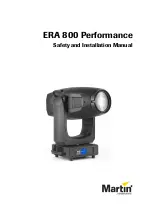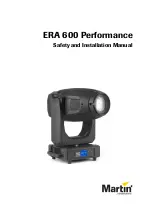24
tina84e1-a (2019-07)
4.2
Zeroing the Gauge
The gauge is factory calibrated while "standing upright" or in
horizontal position (
→
"Calibration Test Report").
Perform a zero adjustment, when the gauge is operated
for the first time.
Due to long time operation or contamination, a zero drift could
occur and zero adjustment may become necessary.
For adjusting the zero, operate the gauge under the same con-
stant ambient conditions and in the same mounting orientation
as normally.
The output signal (measuring signal) is depending on the moun-
ting orientation. The signal difference between the vertical and
horizontal mounting orientation is:
F.S.
∆
U / 90°
1000 Torr/mbar
≈
2 mV
100 Torr/mbar
≈
10 mV
10 Torr/mbar
≈
50 mV
1 Torr/mbar
≈
300 mV
0.1 Torr/mbar
≈
1.8 V
0.01 … 0.05 Torr/mbar
0 V *)
*
)
The gauge is factory calibrated while "standing upright" or in
horizontal position (
→
"Calibration Test Report").
If the gauge is operated via a controller, the zero of the
whole measuring system has to be adjusted on the
controller: first, adjust the zero of the gauge and then,
the zero of the controller.
4.2.1
<
ZERO
>
Adjustment
The zero can be adjusted via
•
the <ZERO> button on the gauge,
•
the diagnostic port (
→
•
the EtherCAT interface (
→


















